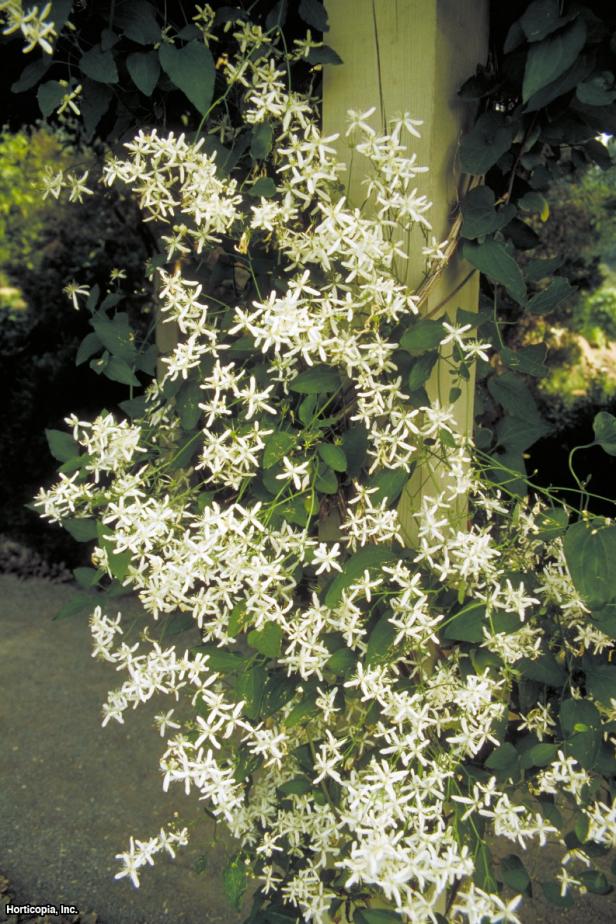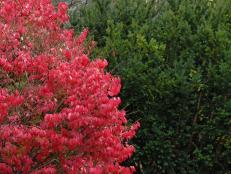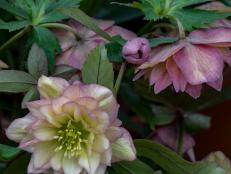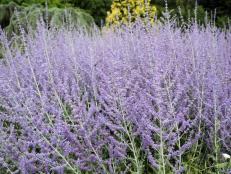Growing Sweet Autumn Clematis
Relish this fragrant climber, but keep its aggressive nature in check.


Just when you thought there wasn’t much excitement left in the garden as summer gives way to fall comes a nice surprise filled with knockout beauty and fragrance. Sweet autumn clematis (Clematis paniculata, Clematis terniflora) is one of the late-blooming clematis vines that features not only flowers different from most clematis, but also an unusually heady scent.
Small, pure white flowers emerge in August and September and by fall, become a silvery mass of fluffy seed heads. A prolific grower as well as bloomer, it can “take over” if left unchecked, so sweet autumn clematis is considered somewhat invasive by many. But when properly maintained, the vine can be a well-behaved asset to the garden at a time of year when pretty much everything else has stopped blooming.
This deciduous vine, hardy to zone 4, has small light green leaves when new growth emerges in spring. As temperatures rise, it rapidly puts out rampant growth, reaching 30 feet, which makes it an ideal choice for covering fences and sheds. A twining vine, it loves a support it can latch on to, such as chain link. Sweet autumn clematis blooms on new wood, and by mid-summer tiny buds begin to emerge.
Most varieties of clematis will tolerate part shade, but this one seems to thrive on it. Like other clematis, it prefers well-drained soil and “cool feet,” so keep soil at its base mulched or shaded by annuals or other plants. All clematis are heavy feeders; give them a low-nitrogen fertilizer, such as 5-10-10, in spring. Despite its reputation as a tough guy, sweet autumn is susceptible to fungi which can cause the vine to suddenly wilt and turn brown without much warning. Prune out dead growth and disinfect pruners with a bleach solution.
As temperatures begin to drop in late summer and early fall, fragrant plants seem to resume center stage for one last performance before winter returns, and this is when sweet autumn clematis steals the show. Its showy, creamy white blooms are particularly sweet in early morning and late evening, sometimes lasting until the first frost.
Once the show’s over, it’s time to get a grip on this aggressive guy. Prune it hard—some suggest to as little as 12 inches from the ground—so that you’ll stay ahead of its game come next spring!













































